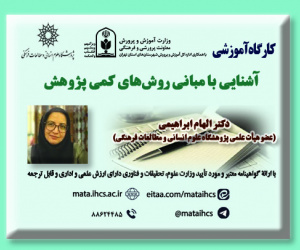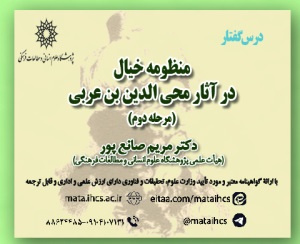تأثیر فرزندآوری بر طول مدت ازدواج در ایران (مقاله علمی وزارت علوم)
درجه علمی: نشریه علمی (وزارت علوم)
آرشیو
چکیده
در سال های اخیر، طلاق روندی روبه افزایش داشته است و سهم چشمگیری از طلاق ها به ازدواج هایی اختصاص دارد که سال های زیادی دوام نمی آورند. فاصله زمانی میان ازدواج تا طلاق می تواند از عوامل مختلف اقتصادی، اجتماعی، جمعیتی و روانی تأثیر پذیرد. در این پژوهش، نقش فرزندآوری به عنوان یک عامل جمعیت شناختی در طول مدت ازدواج بررسی می شود. با توجه به اینکه در ایران، پرورش فرزندان از نظر هنجاری و نهادی از الگوی خانواده محور پیروی می کند، انتظار می رود وجود فرزندان تأثیر زیادی بر تدوام ازدواج داشته باشد.برای مطالعه این موضوع، با استفاده از تحلیل ثانویه داده های پیمایش ملی ازدواج و طلاق (1396-1397) و به کارگیری آزمون های مقایسه میانگین ها و رگرسیون خطی چندگانه، رابطه بین تعداد فرزندان و طول مدت ازدواج در بین 2139 زن مراجعه کننده برای ثبت طلاق به دفترخانه های رسمی مراکز استان های کشور (به جز تهران) تحلیل شد.در این مقاله، عوامل مرتبط با ویژگی های فردی، ازدواج و طلاق در تحلیل های آماری گنجانده شدند. نتایج تحلیل رگرسیون خطی چندگانه نشان داد پس از تعدیل سایر ویژگی های زنان، طول مدت ازدواج با افزایش تعداد فرزندان افزایش می یابد. این متغیر به تنهایی 54 درصد از واریانس متغیر وابسته را تبیین می کند.به نظر می رسد وجود فرزندان به عنوان سرمایه های خاص ازدواج، تأثیر مثبتی بر به تعویق انداختن طلاق دارد. مطالعات آینده می توانند با بررسی نقش فرزندان در وقوع طلاق در کشور، تصویر جامع تری از اهمیت فرزندان به عنوان یکی از ستون های خانواده در تحکیم زندگی مشترک والدین ارائه کنند.The Effect of Parenthood on the Length of Matrimonial Unions in Iran
In recent years, there has been a notable increase in the number of divorces, with a considerable proportion of these occurring within the term of a few years of marriage. Diverse socioeconomic, demographic, and psychological elements can impact the duration between an individual's marriage and divorce.This study aims to examine the potential impact of reproduction, a demographic variable, on the length of matrimonial unions. Given the normative and institutional emphasis on the family-oriented model of child-rearing in Iran, it is anticipated that the presence of children will have a significant impact on the longevity of matrimonial unions.To study this issue, a statistical analysis was conducted on 2139 women who were referred for divorce to official offices in centers of provinces of Iran (excluding Tehran) between the years of marriage and the number of children. The analysis was based on secondary data from the marriage and divorce survey (2017-2018) and utilized statistical methods including multivariate linear regression and comparison of means.The statistical analysis in this article incorporated control variables such as marriage and divorce, which pertained to individual characteristics. The findings from the multiple linear regression analysis indicate that there is a positive correlation between the number of offspring and the duration of marriage. 54% of the variance in the dependent variable can be accounted for by this unique variable.The offspring, regarded as unique assets of the marriage, appear to contribute positively to its longevity. Subsequent research endeavors may enhance our understanding of the significance of children as a cornerstone of the family unit in strengthening matrimony through an investigation into the prevalence of divorce among children in Iran.






